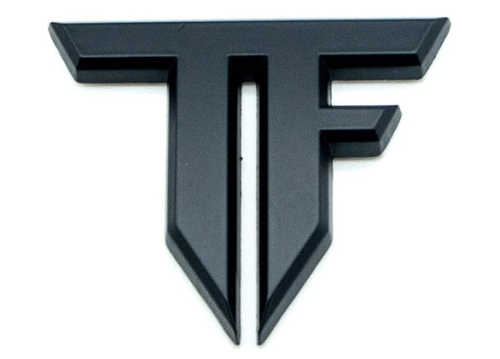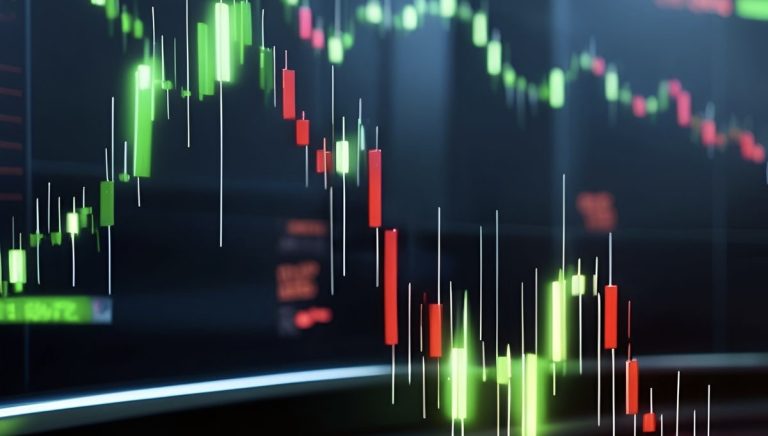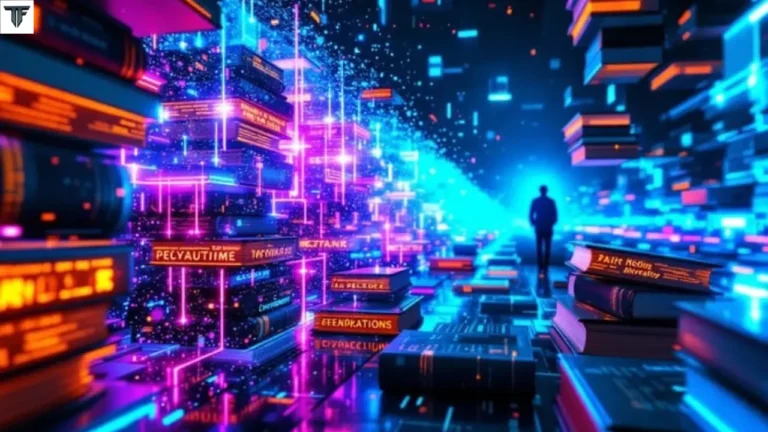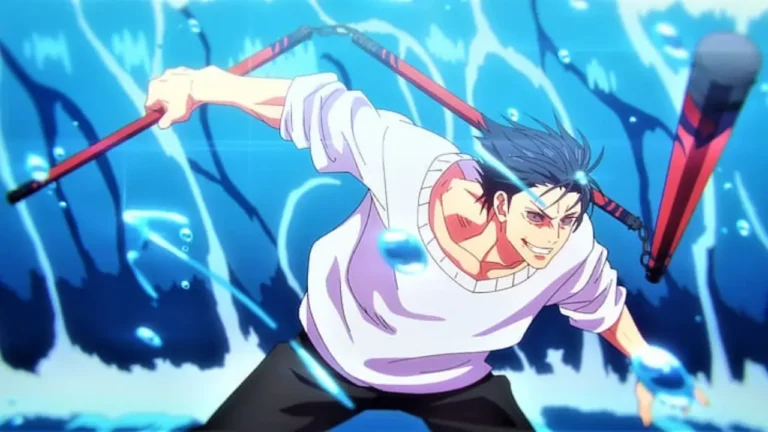Exploring the Impact of Image Filters on Digital Art
Digital art is everywhere today. Artists use computers, tablets, and phones to create and share their work. One tool that has changed digital art the most is the image filter.
Filters can change colors, add effects, or give a picture a whole new style. They make art brighter, softer, or more dramatic in just seconds. This article looks at how filters have shaped the way people make and enjoy digital art.
Enhances Visual Appeal
One of the most obvious effects of filters is that they make art more visually appealing. A filter can brighten dull colors, sharpen edges, or soften tones to make the image look smoother. These changes help artwork stand out.
A digital painting of a sunset, for example, may look flat at first. But when a filter is applied, the colors can become more vibrant, making the image look alive.
This kind of adjustment is especially useful in a world filled with online content. When so many images compete for attention, filters give artwork the extra polish it needs to capture the eye of viewers.
Shapes Artistic Choices
Filters also influence the creative decisions artists make. In traditional art, exploring different styles takes a lot of time and effort. A painter who wants to test several moods may need to repaint the same subject multiple times.
Digital artists, however, can experiment with filters to explore different directions instantly. One filter might give a dreamy atmosphere, while another might create a futuristic or dramatic look.
This freedom allows artists to play with ideas and take risks without fear of wasting time or resources. In many cases, filters spark new ideas that lead to finished pieces of art.
Supports Beginner Artists
For beginners, digital filters are like training wheels. Someone just starting in digital art may not yet understand how to balance light, shadows, and color tones. A filter can fix some of those issues with one click, making the artwork look more polished. This builds confidence.
Beginners see their creations transformed and feel encouraged to keep going. Over time, they often learn to combine filters with their own techniques.
Many young artists first experiment with filters on drawings or photos, then slowly build their skills toward creating unique styles of their own. In this way, filters make art more approachable for people at all levels.
Saves Time for Artists
Time is often one of the biggest challenges in art, especially for professionals working on deadlines. Filters help by speeding up the editing process. A photographer may need to prepare hundreds of photos for a client.
Instead of adjusting each image manually, they can apply the same filter across the collection. A graphic designer may need different versions of a poster for print and digital use.
Filters allow them to make quick changes without starting from scratch. Even for independent artists, filters save hours that can be used for more creative work. This efficiency makes filters a valuable tool in both casual and professional workflows.
Creates Emotional Effects
Every filter has the power to change how a viewer feels when looking at a piece of art. A bright filter with bold colors can make a picture feel happy and exciting. A darker filter with muted tones may give a sense of mystery or sadness.
For example, the same photo of a rainy street can tell two different stories depending on the filter applied. One version might highlight the bright reflections on the pavement, creating a hopeful mood.
Another might dim the light, making the scene appear lonely and quiet. By shaping emotions so directly, filters become an important tool for artistic storytelling.
Transforms Social Media Sharing
Social media has made filters part of everyday life. Platforms like Instagram, TikTok, and Snapchat offer built-in filters that allow users to enhance their images instantly.
For digital artists, this has changed how artwork is shared and viewed. A single filter can make a post more attractive, helping it gain more likes and followers. The idea of the photo filter has become a cultural norm, especially among younger generations.
Many people now expect images to be edited before they are posted. For artists, this creates both opportunities and challenges. Filters can help artwork reach a wider audience, but they also raise the bar for visual presentation.
Raises Questions of Authenticity
The wide use of filters has sparked debates about authenticity. Some critics argue that heavy editing hides the original talent of the artist. They feel that filters create shortcuts that may take away from the raw, natural beauty of the work.
Others disagree, pointing out that every art form involves tools. Just as oil paints changed painting and photography introduced new creative methods, filters are simply another part of the evolving toolkit.
What matters most, they argue, is how the artist uses the filter to share a message or feeling. Authenticity may not be about the absence of tools, but about the intention behind the artwork.
Drives Artistic Innovation
Filters are no longer just simple color changes. With new technology, especially artificial intelligence, filters can completely transform an image. Some filters can make a drawing look like a watercolor painting, while others can turn a photo into a 3D-like render.
These advanced tools encourage artists to experiment with new ideas and explore fresh techniques. For instance, an illustrator can test how their work might look as a comic book scene or a vintage print with just a few clicks.
These options push the boundaries of creativity and open doors to styles that might never have been imagined without digital tools.
Learn All About Image Filters on Digital Art
Image filters have become an important part of digital art. They make artwork more appealing, save time, and help both beginners and professionals. Filters also shape emotions, trends, and how art is shared online.
While some question their use, filters are simply tools that give artists more ways to create. As technology grows, filters will continue to play a big role in the future of digital art.







